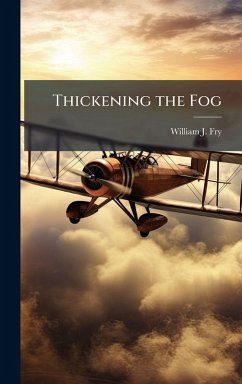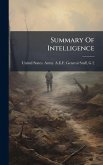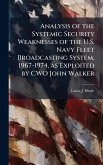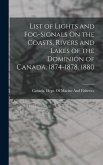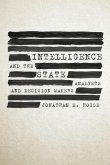Air intelligence support to Allied Forces during World War II stretched across the spectrum of intelligence. This broad collection of capabilities enabled the intelligence community to support air operations throughout the world in two separate theaters against two distinct enemies. During the Cold War, the intelligence community truncated these intelligence capabilities by focusing on one enemy, the Soviet Union. A majority of air intelligence support focused on finding targets within the Soviet Union and how to get the strike packages into the country. As a result, the Korean and Vietnam Wars caught air intelligence unprepared, with a lack of reconnaissance assets, intelligence professionals, and effective maps. After the Cold War, truncation of intelligence continued, but this time it was due to a lack of strategic direction from the US government and a self imposed generalization of intelligence officer training. This truncation led to intelligence missing indications of the terrorist attacks on 9/11. Currently, air intelligence remains truncated due once again to a focus on a singular target, this time extremist organizations and their efforts against the United States. Ultimately, this truncation may lead to gaps in information on potential enemies such as a nuclear-armed Iran or cyber attacks from China, leaving us unprepared for a future conflict. In order to support a grand strategy effectively, air intelligence must take advantage of a broad spectrum of capabilities. This work has been selected by scholars as being culturally important, and is part of the knowledge base of civilization as we know it. This work was reproduced from the original artifact, and remains as true to the original work as possible. Therefore, you will see the original copyright references, library stamps (as most of these works have been housed in our most important libraries around the world), and other notations in the work. This work is in the public domain in the United States of America, and possibly other nations. Within the United States, you may freely copy and distribute this work, as no entity (individual or corporate) has a copyright on the body of the work. As a reproduction of a historical artifact, this work may contain missing or blurred pages, poor pictures, errant marks, etc. Scholars believe, and we concur, that this work is important enough to be preserved, reproduced, and made generally available to the public. We appreciate your support of the preservation process, and thank you for being an important part of keeping this knowledge alive and relevant.
Bitte wählen Sie Ihr Anliegen aus.
Rechnungen
Retourenschein anfordern
Bestellstatus
Storno

